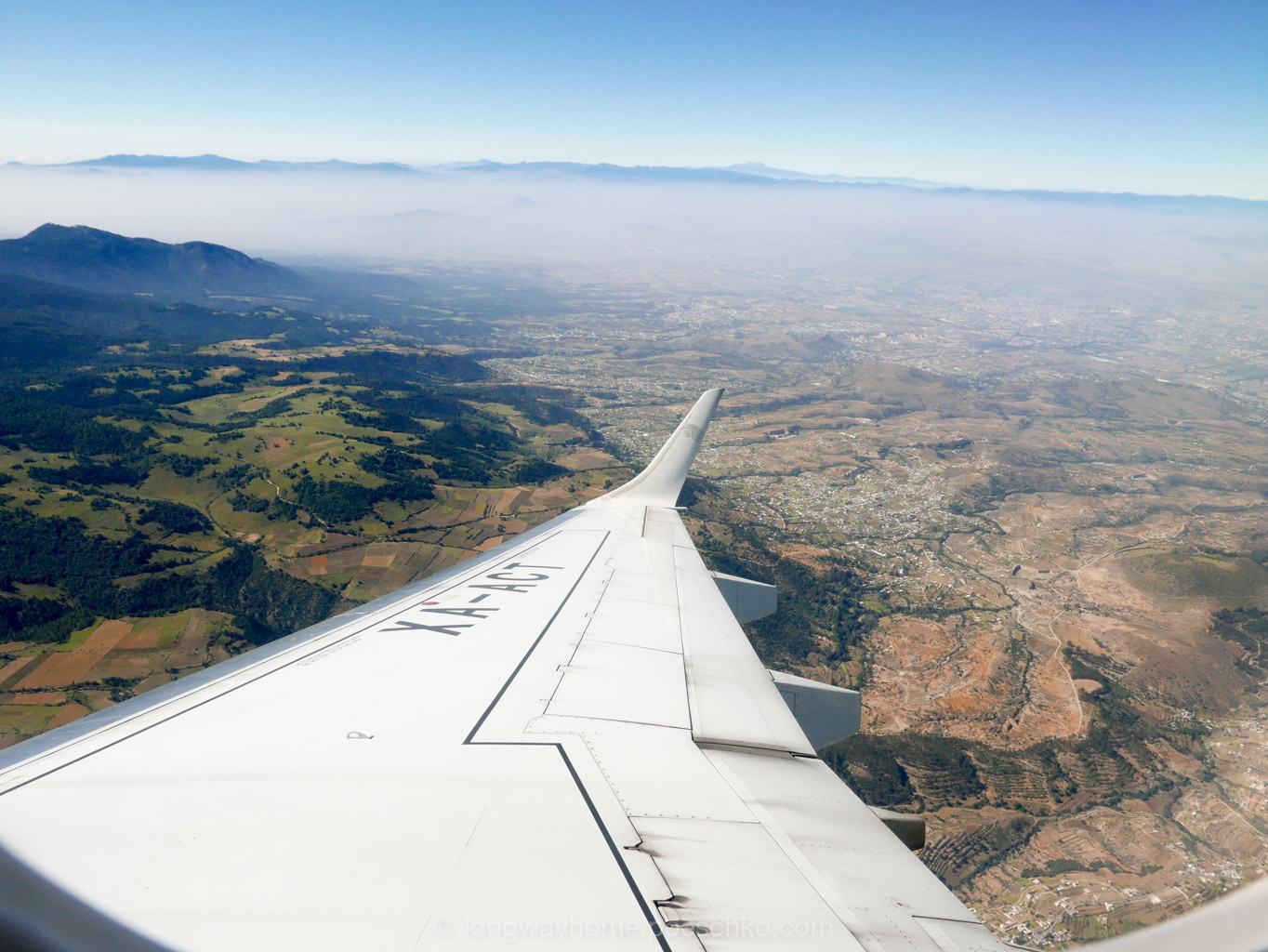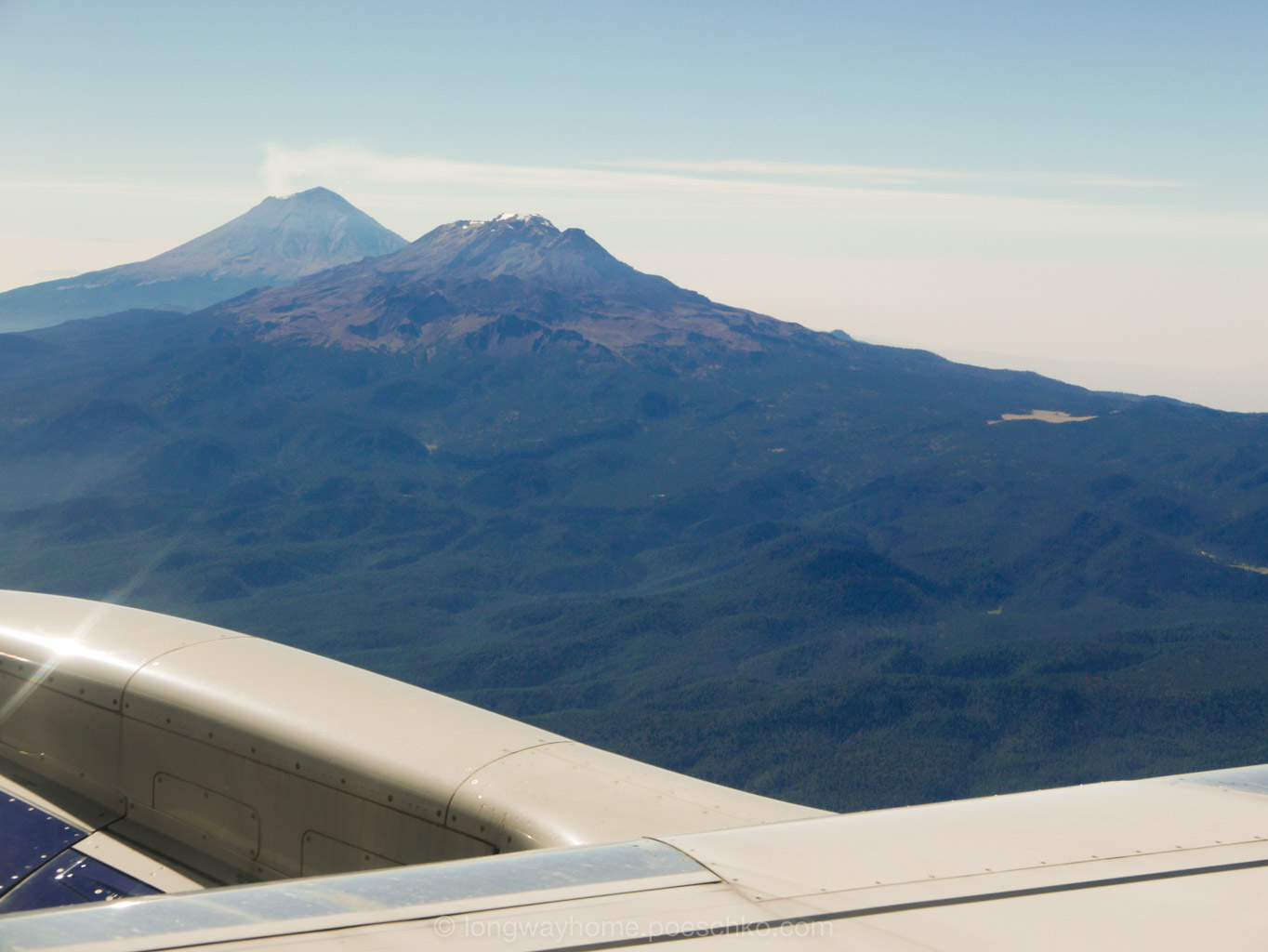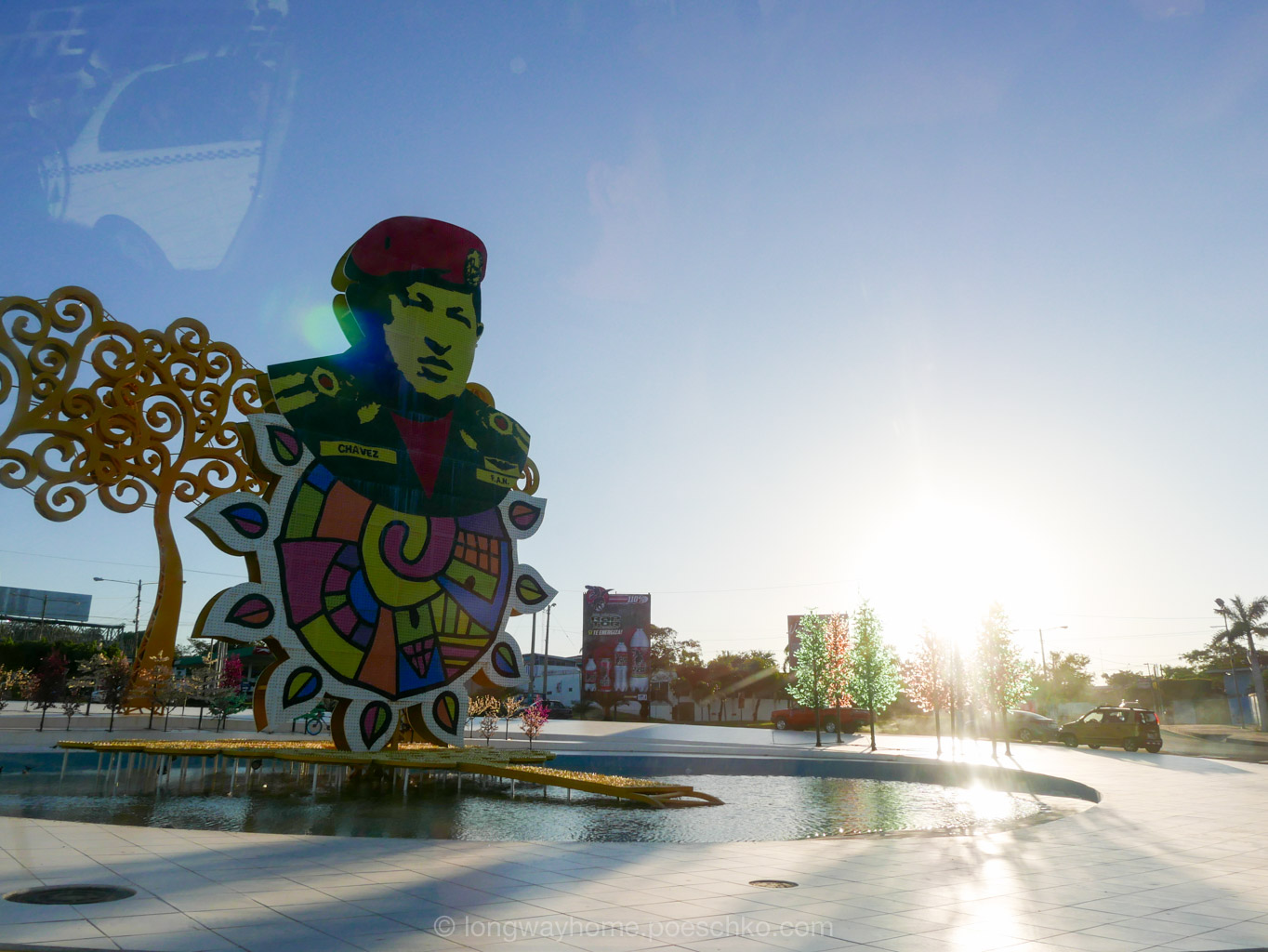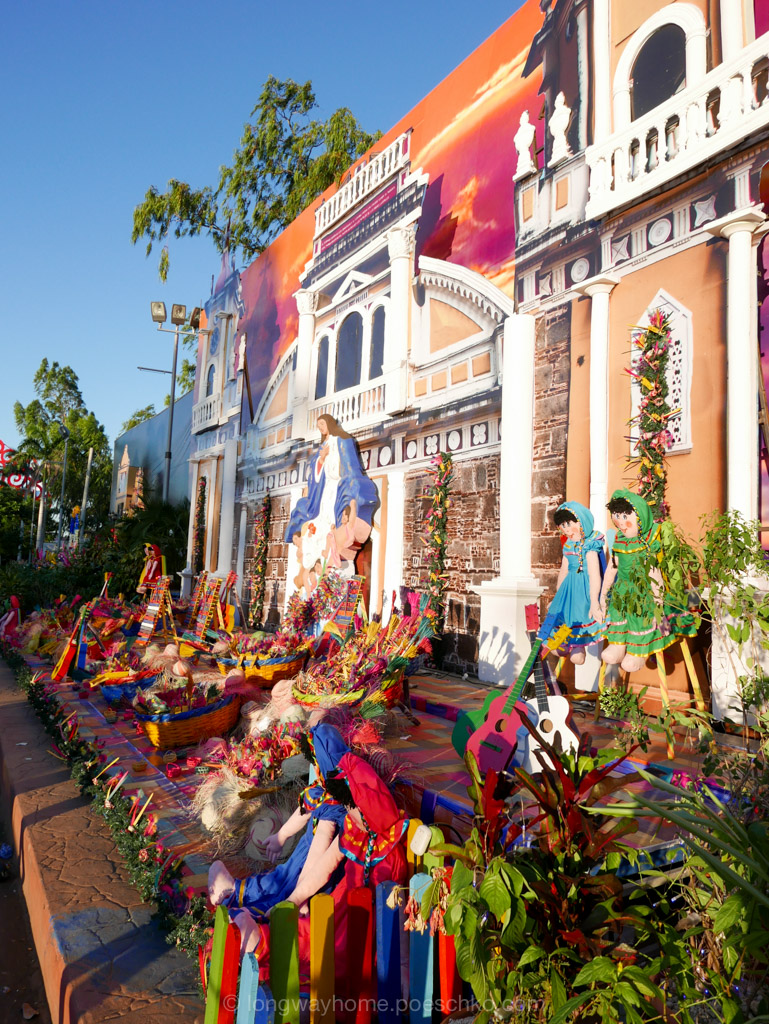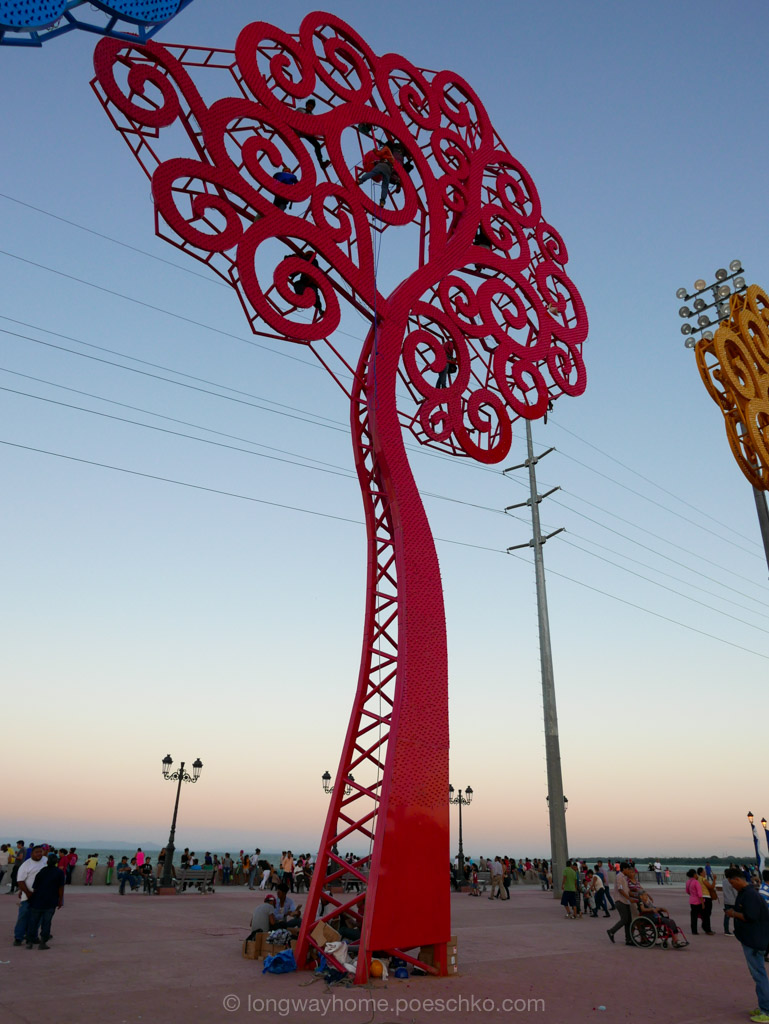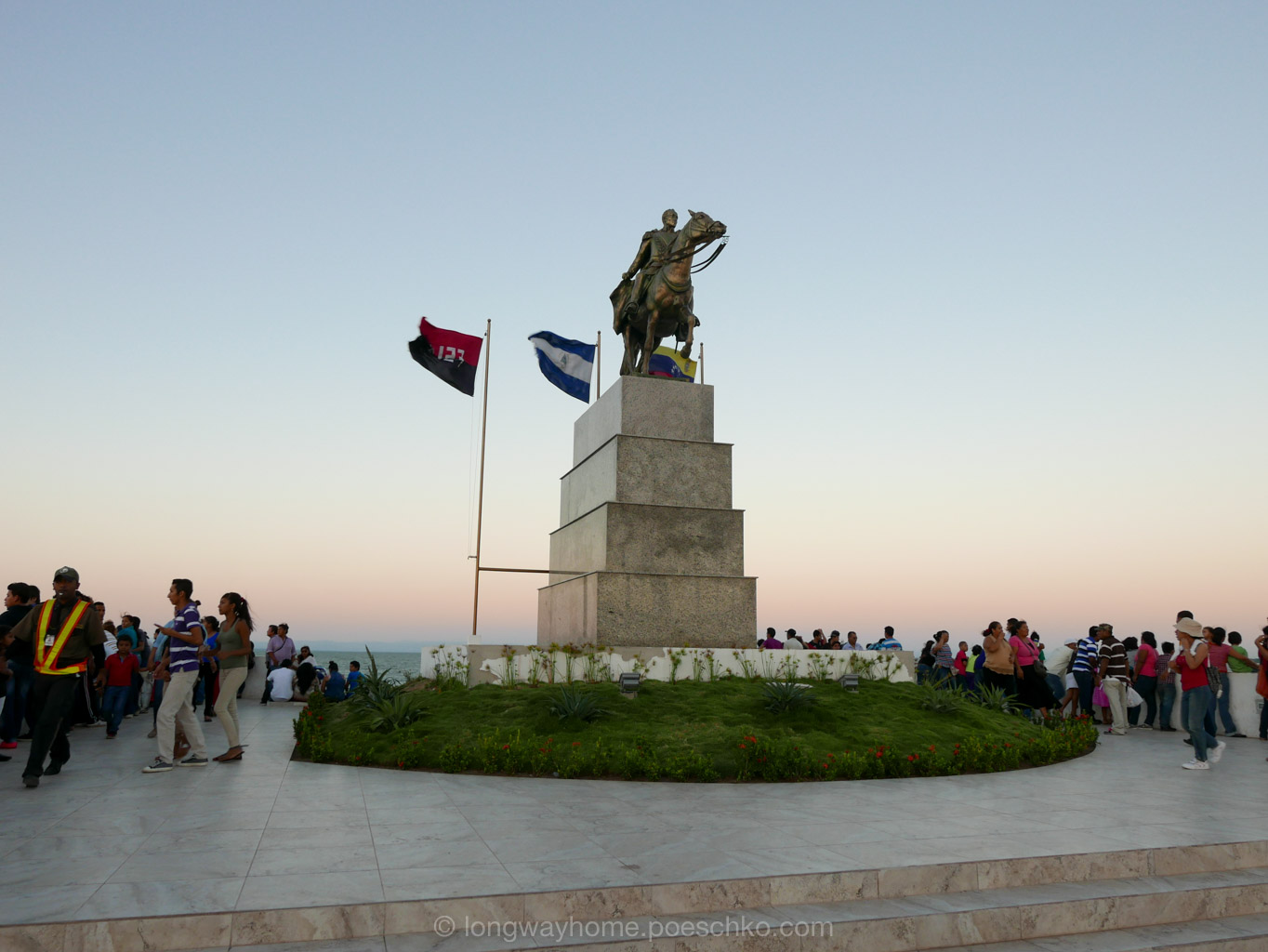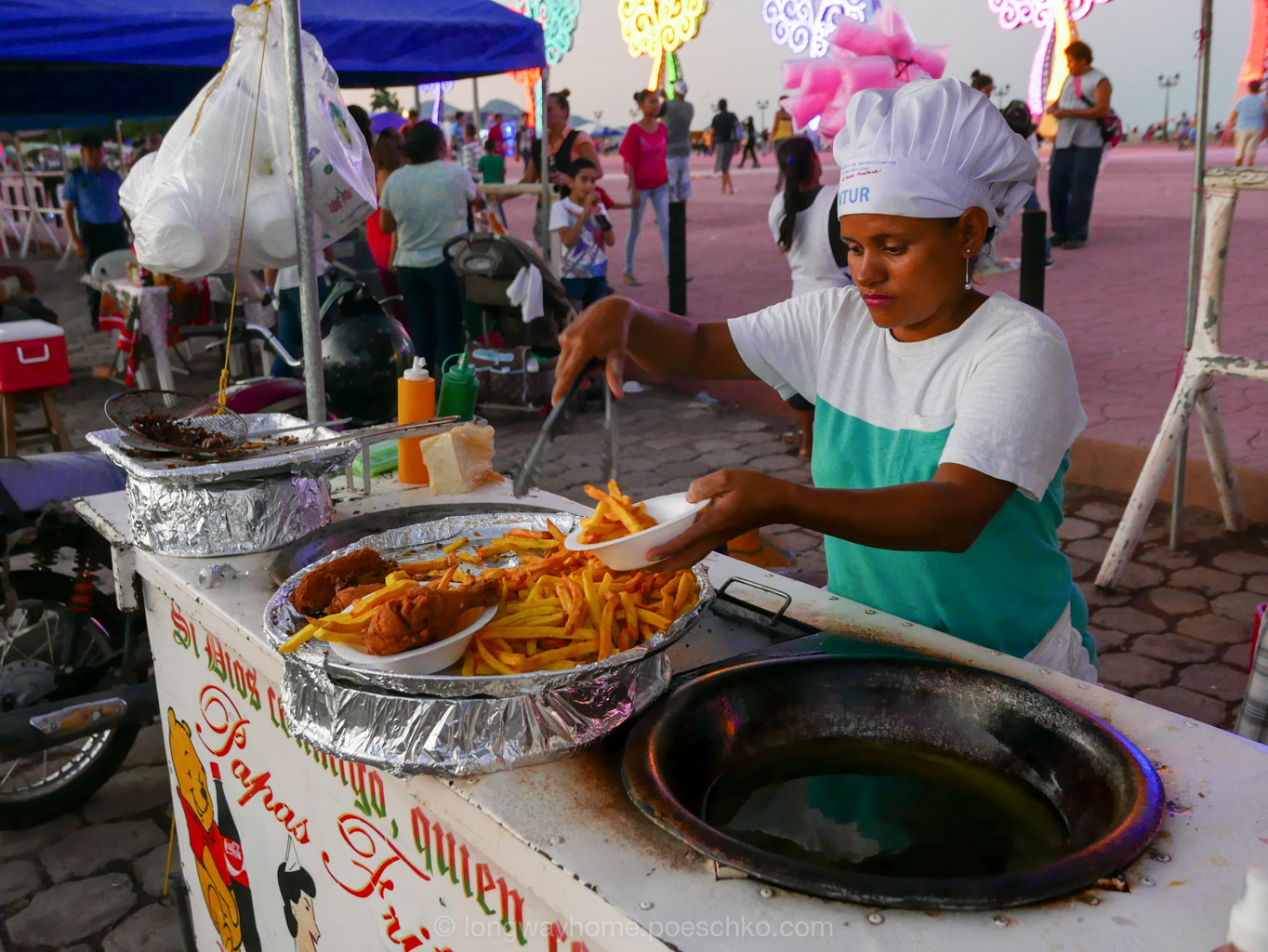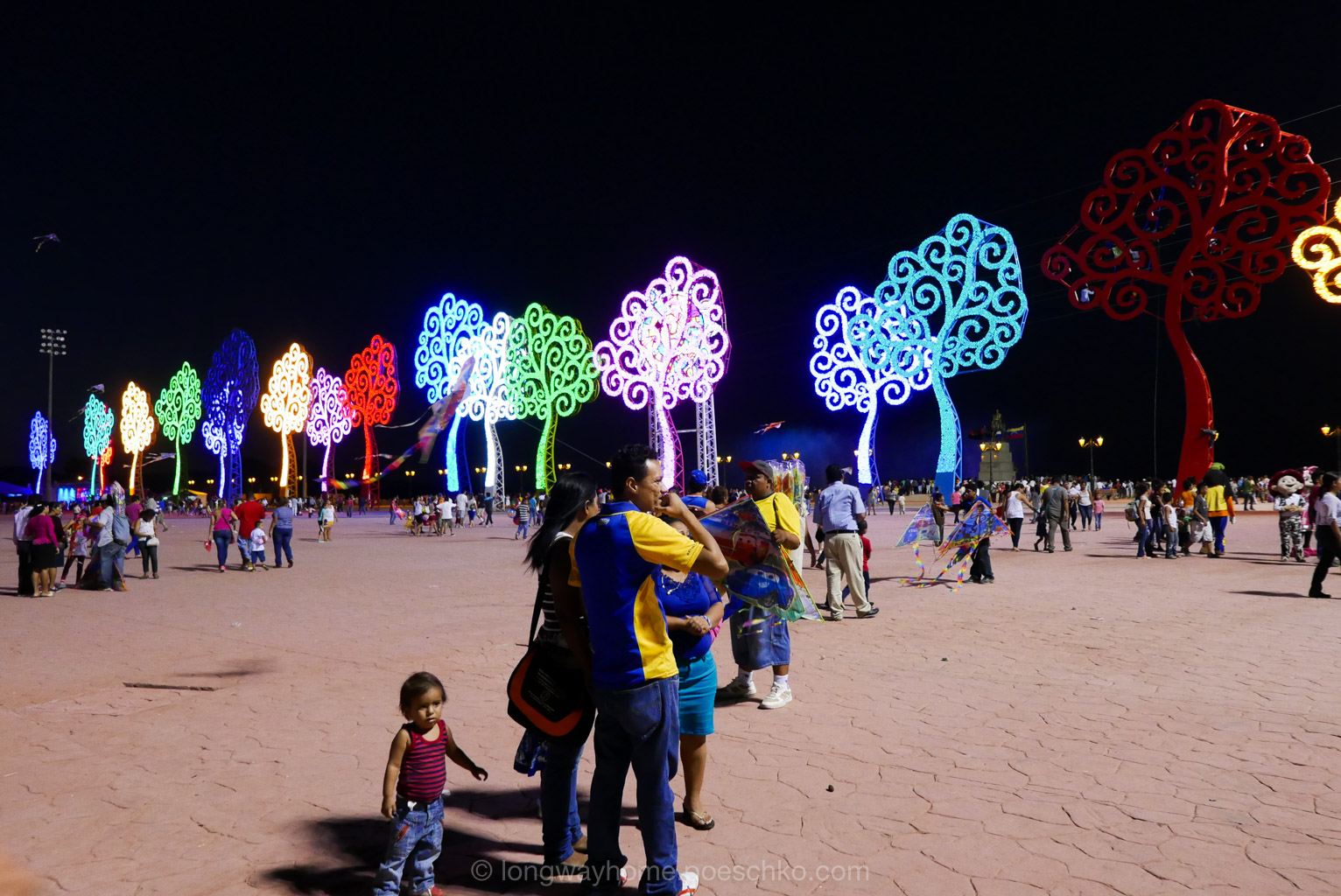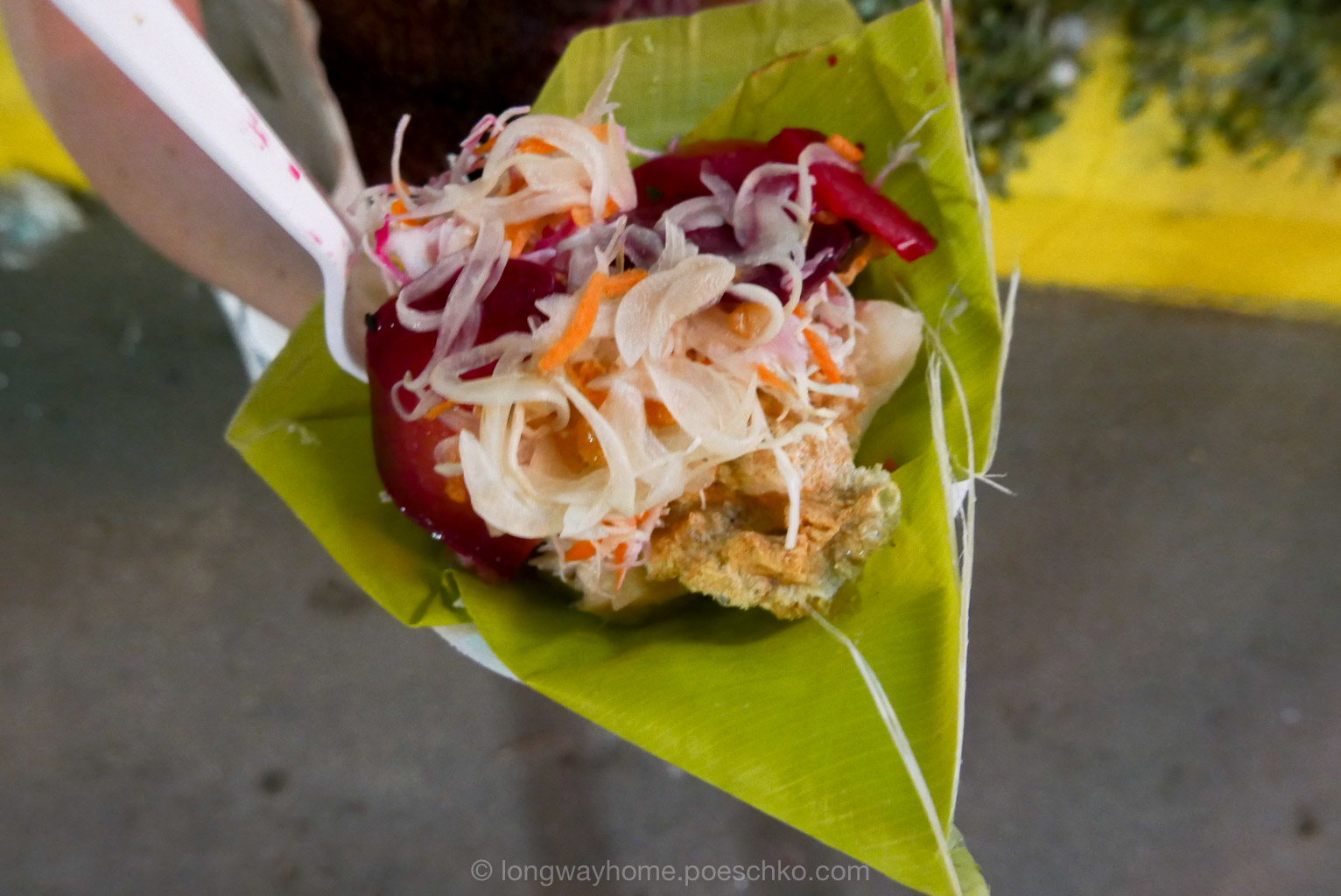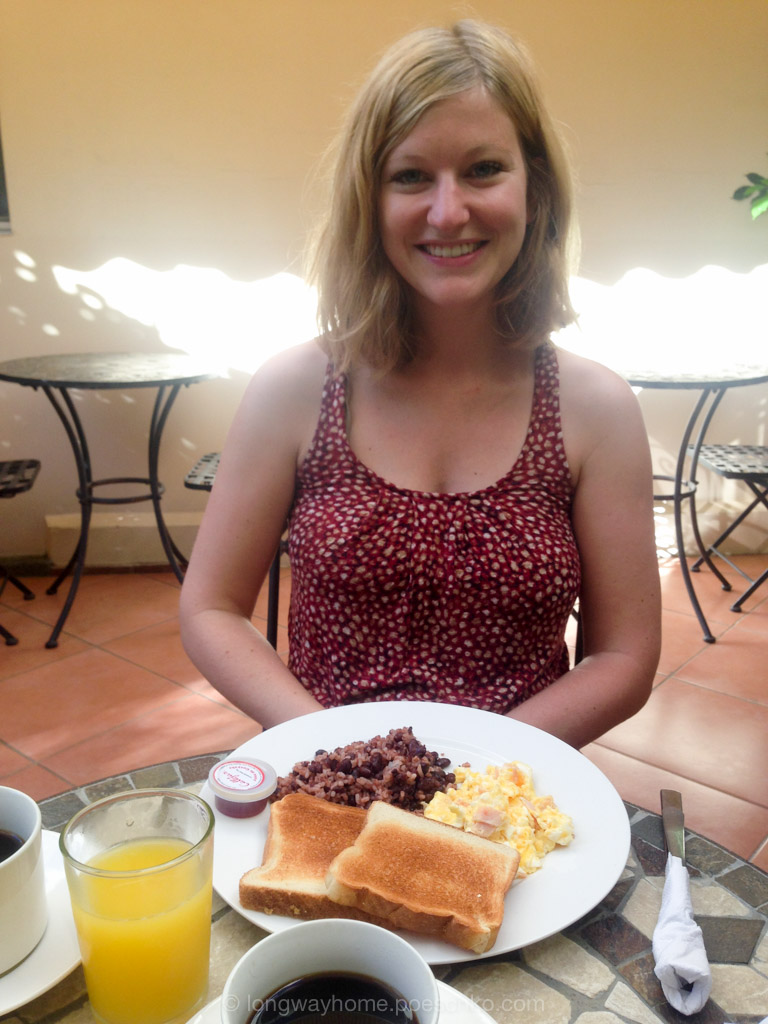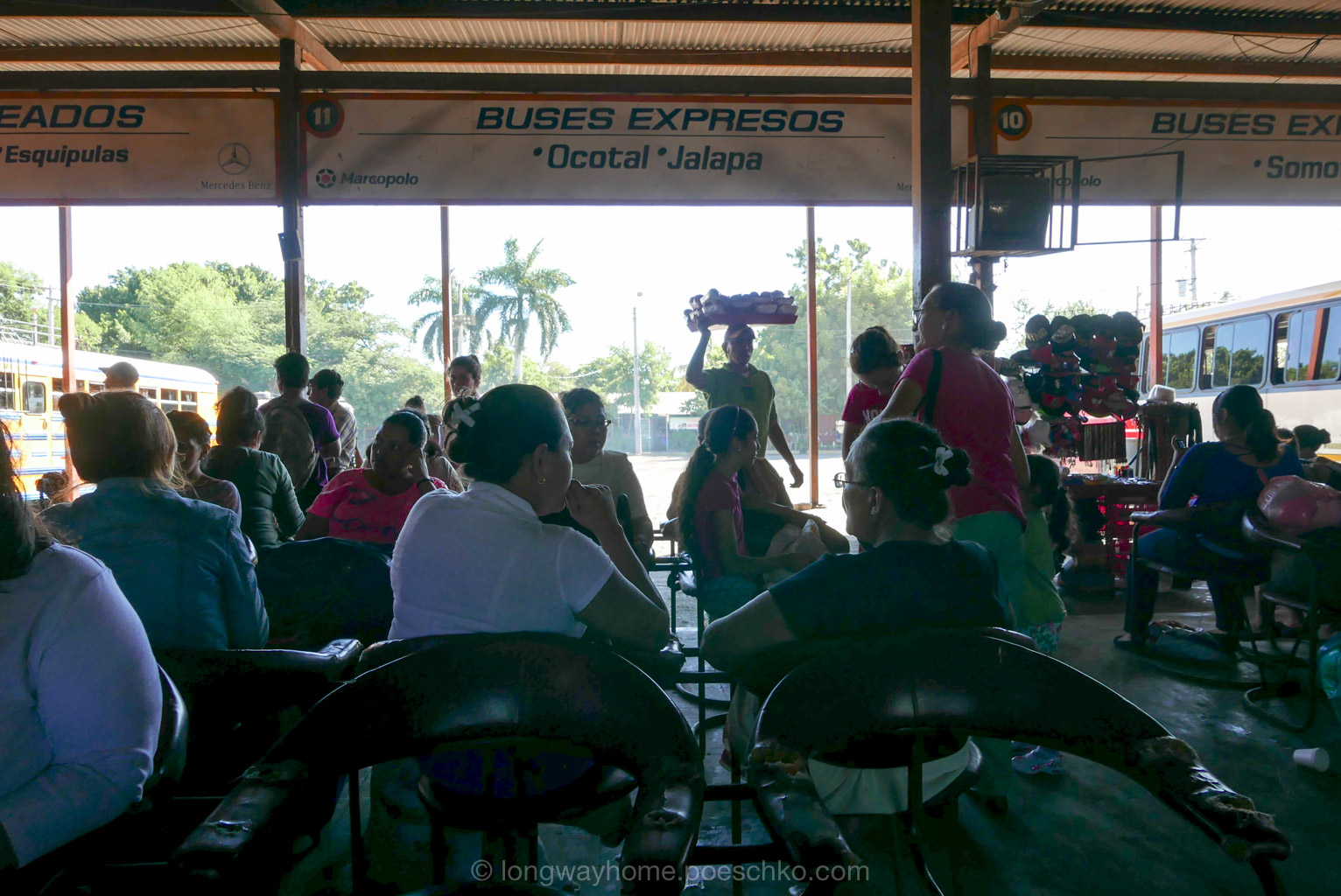And so our Central American adventure begins!
Getting off the Aeromexico flight from San Francisco to Managua via Mexico City, we were welcomed by Nicaragua’s capital with heat, dust and dozens of Virgin Maries.
On our way to the Malecón, the lakefront of Lake Xolotlán, we passed altars over altars over altars dedicated to la Virgen. Many of the altars included renditions of paroquial churches or featured scenes of street and community life. In the center of every altar was a statue of the Mother of God, and speakers played loud devotional music. The altars were set up for the festival La Purísima, which is actually celebrated on December 7th in honor of the immaculate conception. On the streets, women from the neighborhoods sold freshly fried chicken and French fries, the national dish vigorón, fruits and drinks.
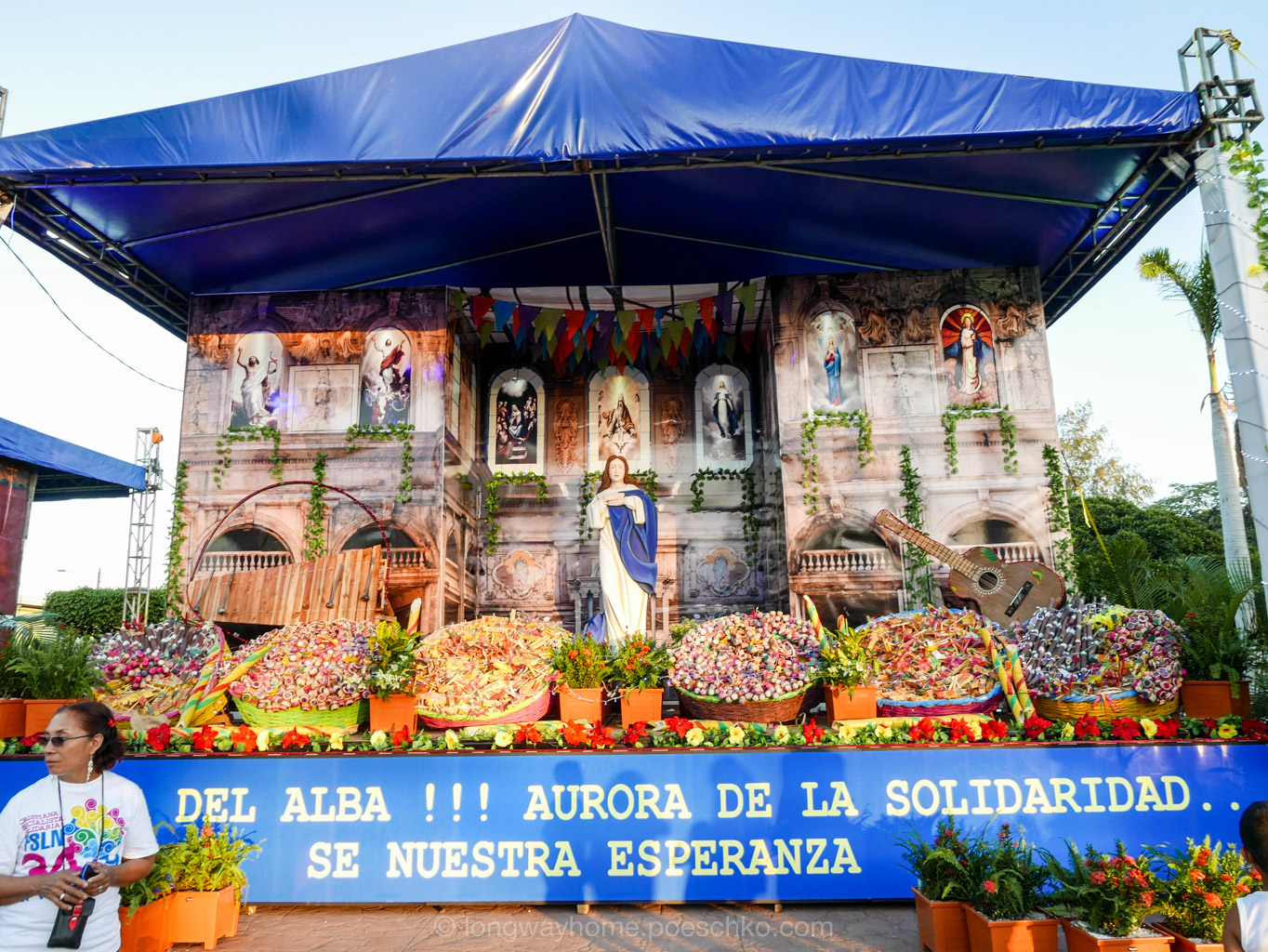 One of hundreds of altars for Virgin Mary.
One of hundreds of altars for Virgin Mary.Taking taxis to get about, we consistently lost all sense of orientation because there’s no real point of reference. Managua is a city of 2 million people without a real center—the closest thing to a center is Metrocentro, basically a shopping mall, where the historic downtown used to be before the devastating earthquake that hit the city in 1972. In fact, Managua emerged as Nicaragua’s capital only as a compromise between the two rivaling cities León and Granada.
Metrocentro turned out to be quite useful for us in the end, since Jan could get a local SIM card that works in all Central America (Claro que sí) for his daily work-related phone meetings and internet access.
We had our first (and certainly not last) typical Nicaraguan breakfast: Gallo Pinto (rice and beans), scrambled eggs and a cup of coffee. A great way to start your day!
Overall, Managua is not a place you want to spend much time at, so we quickly went on to explore the rest of the country.
